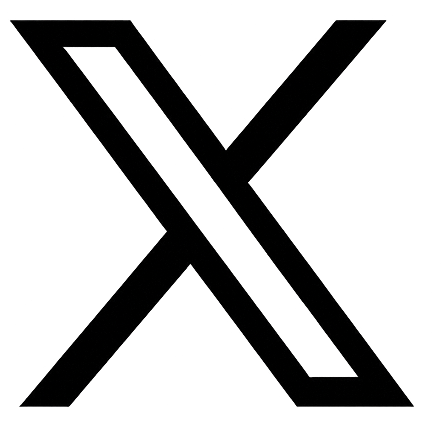Beyond Change Management: Harms Architecture for Modern Transformation
PERSPECTIVE
Beyond Change Management:
The Harms Architecture for Modern Transformation
A complete operating system for leading through AI disruption, market volatility, and accelerated change.
Sitelines
For decades, change management has been a fragmented discipline. Leaders leaned on ADKAR to sequence behavior, Kotter to build urgency, and Prosci to structure planning. Each was a product of its time, effective then, partial now.
That world is gone. Transformation now collides with AI disruption, distributed workforces, and complex global ecosystems. Cycles are shorter, stakes are higher, and the margin for error is gone. Legacy models retain value, but they do not deliver a unified, adaptive path through modern transformation.
The Harms Change Management Architecture™ is the first complete change operating system, integrating strategy, orchestration, adoption, and cultural anchoring into a single, repeatable framework that works in any sector, anywhere.
The Harms Lens
In our work with founder-led companies, private equity portfolios, and global operators, we see a consistent pattern: leaders treat change as linear and predictable. They rely on step-sequence tools that break down in the turbulence between alignment and adoption.
ADKAR, Kotter, and Prosci professionalized the field, but each is inherently partial. One drives urgency, another sequences learning, another manages sponsorship. None deliver the continuous adaptability required today. This is why so many change efforts undertaken by organizations, stall in the messy middle.
Harms treats change as both architecture and a living system, precisely designed and navigated in real time. Its four pillars replace the existing patchwork approach held across legacy change management methodologies:
· Foundation Mapping™: Evidence-based readiness mapping that identifies where change will absorb, strain, or break.
· Influence & Flow™: Orchestration of decision, action, and informal influence networks so adoption feels inevitable.
· Adoption Intelligence™: Real-time sensing of operational and behavioral uptake, with drift prevention before it spreads.
· Cultural Anchoring™: Embedding change into identity, rituals, and symbols so it becomes “the way we work”.
This makes Harms a complete successor to legacy models.
ADKAR, Kotter, and Prosci brought discipline to a field that was once ad hoc, but each is partial by design. One drives urgency, another sequences learning, and another structures
Prescriptive Clarity
For leaders navigating high-stakes transformation, the question is not whether change is possible, but whether your organizations architecture can absorb the shocks ahead.
To position for success in the modern AI era:
1. Test for readiness beyond the org chart: Map actual (often informal) influence, not just reporting lines.
2. Track adoption velocity in real time: Identify friction and stall points before they spread.
3. Anchor the change in cultural gravity: Rituals, language, and recognition must all align.
4. Design for adaptability, not perfection: Plans have a short half-life in the AI era, build to adjust to ongoing feedback.
5. Shrink the distance between signal and action: The longer the delay, the higher the resistance.
Refocus
The next era of change leadership belongs to those who stop treating change as a side project and start running it as an operating system.
The Harms Change Management Architecture™ is built for this shift. It is future-proofed, sector-agnostic, and engineered to move faster than resistance.
In the AI era, change is not an initiative.
It must be a core competency.
At Harms, we see ourselves as stewards for client partners navigating critical, trajectory-defining inflection points. Much of that work lives in the realm of change management. Whether we’re diagnosing a scale barrier, embedding executive leadership, or engineering portfolio-wide operational resets, our frameworks are designed for the intersection of people, systems and the future they must sustain.
The Harms Change Management Architecture™ is not a standalone service. It is embedded in every tier of our work, ensuring that structural, operational, and cultural shifts hold under real-world conditions.
From founder-led startups to private equity portfolio companies, our partners face the same challenge: the pace, complexity, and stakeholder demands of modern transformation are outpacing legacy models. The organizations that succeed are those solving problems that matter —to markets, to industries, to the future. They are the ones that cannot afford to fail, and for them, the cost of misalignment is measured not only in lost revenue, but in lost opportunity and impact.
Harms exists to ensure that does not happen, aligning people, systems, and strategy so change holds, scales, and defines the next era of trajectory.
If your organization is approaching a critical moment of inflection and you need strategy and frameworks that can absorb volatility, embed adoption, and scale without collapse, we should talk.




